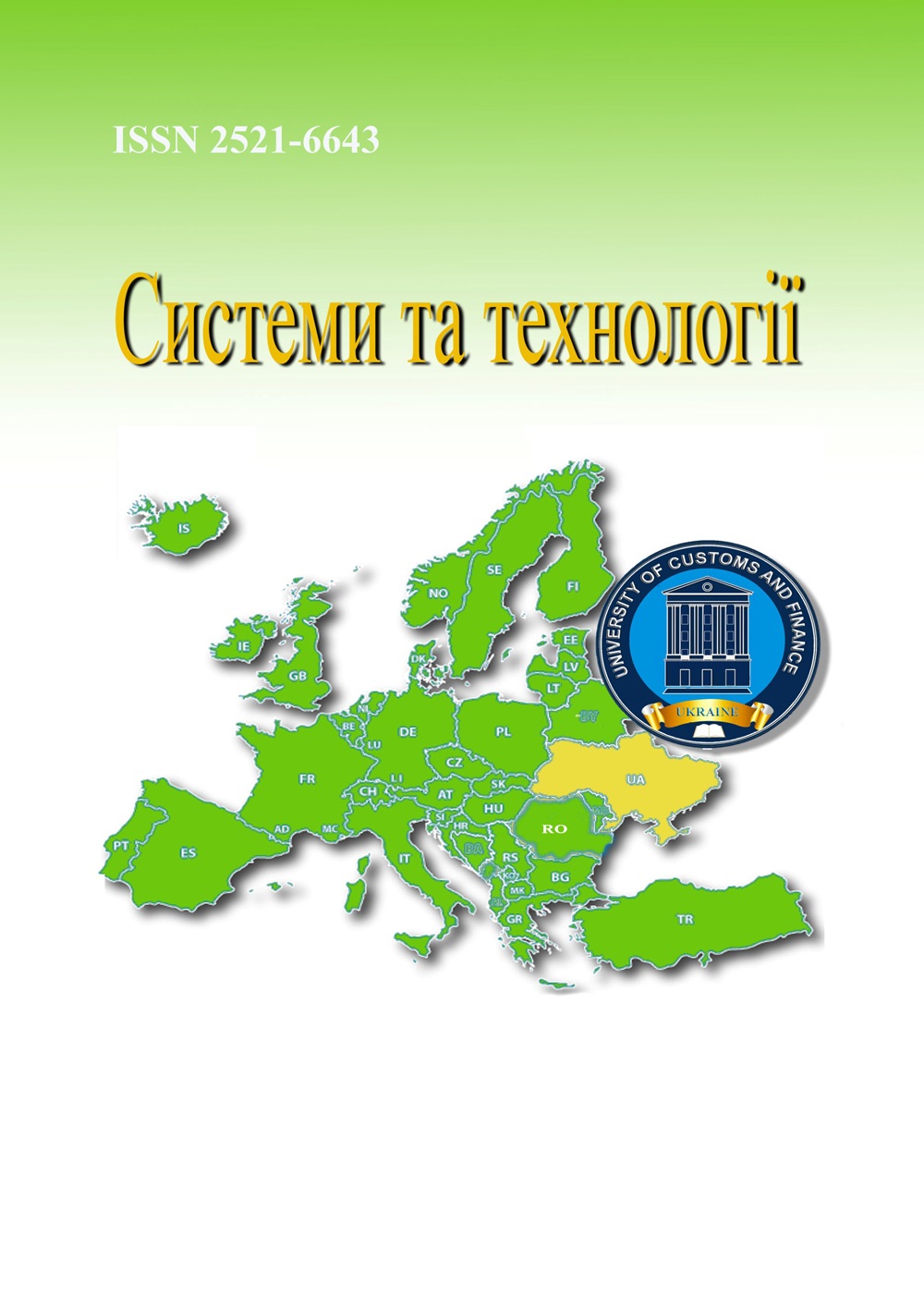IMPROVEMENT OF LABOUR SAFETY AND SAFETY OF LIFE ACTIVITIES BY INCREASING THE EFFICIENCY OF WATER FIRE EXTINGUISHING SYSTEMS
Abstract
Enhancing the level of occupational safety and safety of life activities for civil protection workers, such as firefighters and rescuers, is a priority task, especially during emergency response at industrial facilities. These specialists are frequently exposed to hazardous factors, notably high temperatures and intense thermal radiation. In this context, the search for ways to improve the efficiency of fire extinguishing systems is highly relevant. This work focuses on investigating opportunities to enhance water- based fire extinguishing systems through the application of polymer additives capable of reducing hydrodynamic drag, which, in turn, allows for an increase in the range and intensity of the fire extinguishing agent delivery.During the research, the regularities of behavior and manifestations of elastic deformations in the flows of aqueous polymer solutions were studied. The experimental conditions were maximally approximated to the real conditions that occur in fire hoses during their operation on the territories of industrial enterprises. Analysis of the obtained data convincingly demonstrates that when developing and implementing technologies for reducing hydrodynamic drag by injecting polymer solutions into the boundary layer of the flow, it is necessary to consider the effects of elastic deformations of macromolecules. These deformations can significantly affect the final efficiency of the drag reduction process.It was established that the observed decrease in the efficiency of fluid drag reduction when a polymer solution is supplied into the boundary layer of a fire hose is a complex result. It is caused by a combination of the deformational effect of the longitudinal hydrodynamic field, which is inevitably present in the polymer delivery system (pumps, injectors), and the specific molecular-concentration properties of the polymer solution itself (polymer type, its molecular weight, concentration).Uncontrolled deformations can lead to partial degradation of polymer chains or changes in their conformation, which negatively affects their ability to effectively suppress turbulent pulsations.Understanding these processes is important not only for fire extinguishing systems but may also find application in other fields where high-velocity fluid jets with polymer additives are used, for example, in water-polymer perforation technologies, particularly in oil and gas wells.Based on the conducted analysis, the paper outlines practical ways to increase the efficiency of systems for supplying polymer solutions into fire hoses. This includes recommendations regarding the design of injection units and the selection of optimal parameters for polymer solutions. The implementation of the proposed approaches will allow for an increase in the tactical and technical capabilities of water-based fire extinguishing systems, thereby improving the working conditions and safety of rescuers.
References
2. Baakeem S. S., Hashlamoun K., Hethnawi A., Mheibesh Y., Nassar N. Drag reduction by polymer additives: state-of-the-art advancements in experimental and numerical approaches. Industrial & Engineering Chemistry Research. 2024. Vol. 63. P. S1–S15. DOI:10.1021/acs.iecr.4c00202
3. Xi L. Turbulent drag reduction by polymer additives: Fundamentals and recent advances. Physics of Fluids. 2019. Vol. 31. Art. no. 121302. DOI:https://doi.org/10.1063/1.5129619
4. Müller H. W., Brandfellner L., Bismarck A. Long-term degradation of high molar mass poly(ethylene oxide) in a turbulent pilot-scale pipe flow. Physics of Fluids. 2023. Vol. 35. Art. no. 023102. DOI:https://doi.org/10.1063/5.0131410
5. Bonn D., Amarouchene Y., Wagner C., Cadot O. Turbulent drag reduction by polymers. Journal of Physics: Condensed Matter. 2005. Vol. 17. P. S1195–S1202. DOI:10.1088/0953-8984/17/14/008
6. Pogrebnyak V. G., Pisarenko A. A. Deformation effects in case of a flow with stretching of polymer solutions. First Symposium on Turbulence and Shear Flow Phenomena. 1999. Doubletree Resort, Santa Barbara, California, USA. P. 1345–1350. DOI:10.1615/TSFP1.2160
7. Погребняк А., Погребняк В., Перкун І., Василів Н. Вплив геометричних та динамічних параметрів водополімерного струменя на характеристики процесу гідрорізання харчових продуктів. Ukrainian Food Journal. 2020. Vol. 9. P. 197–208. DOI:10.24263/2304-974X-2020-9-1-17
8. Karami H. R., Rahimi M., Ovaysi S. Degradation of drag reducing polymers in aqueous solutions. Journal of Chemical Engineering. 2018. Vol. 35. P. 34–43. DOI:10.1007/s11814-017-0264-1
9. Погребняк А., Чудик І., Погребняк В., Перкун І. Перехід клубок-розгорнутий ланцюг розчинів поліетиленоксиду при збіжній течії. Chemistry and Chemical Technology. 2019. Vol. 13. P. 465–470. DOI:https://doi.org/10.23939/chcht13.04.465
10. Wu J., Fruman D. H., Tulin M. P. Drag reduction by polymer diffusion at high Reynolds numbers. Journal of Hydronautics. 1978. Vol. 12. P. 134–136.
11. Fruman D. H., Galivel P. Anomalous effects connected with ejection of polymer, reducing resistance, in turbulent boundary layers of pure water. Technical papers from the Symposium on Viscous Drag Reduction, Vought Advanced Technology Center Dallas Texas. 1979. Vol. 72. P. 1233–1241.

 ISSN
ISSN 




